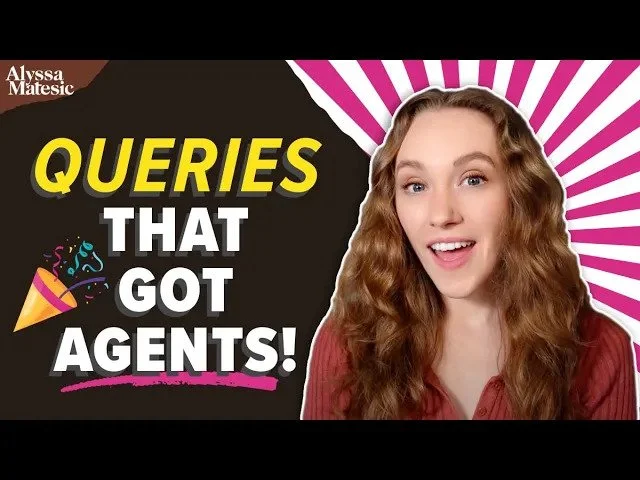Successful Query Letter Examples That Attracted Top Agents
HIT PLAY OR READ THE POST BELOW:
You can read countless articles on how to craft the perfect query letter, but going in to write your own can still be a challenge. I know how helpful it can be to see examples of successful query letters from authors who got an agent with their letter, so that's exactly what we're going to go through today.
I know many of you have asked me for successful query letter examples in the comments on my YouTube channel, so I'm super excited for this. I spoke with two traditionally published authors who wanted to share their successful query letter examples so that other authors could potentially learn from what they did. I'm going to show you these examples, then walk through what I think is so effective about their query letters, and go through some takeaways I think we can learn from these examples.
Successful Query Letter Sample 1: Stephanie Wrobel
Our first example is from Stephanie Wrobel, who is an internationally bestselling author of the books: Darling Rose Gold, This Might Hurt, and the forthcoming Hitchcock Hotel. She's repped by Madeleine Milburn at the Madeleine Milburn Literary Agency in the UK, and her query letter is for her debut novel, Darling Rose Gold, which at the time had a different title. Let's take a look at the query letter:
Dear [Agent’s First Name, Last Name],
Rose Gold Watts believed she was sick for eighteen years. She thought she needed the feeding tube, the surgeries, the wheelchair.
Turns out her mom, Patty, is a really good liar.
After five years in prison, Patty gets out. Mother and daughter agree to move in together and let go of old grievances. Patty says all she wants is to reconcile with Rose Gold and care for her infant grandson.
But Rose Gold knows her mother. She won’t rest until she has Rose Gold back under her thumb. Which is a smidge inconvenient, because Rose Gold wants to be free of Patty forever.
Only one Watts can get her way.
MOTHER MAY I (87,000 words) is a suspense novel told from both Patty’s and Rose Gold’s points of view, in two timelines. My book would appeal to readers of Ali Land’s GOOD ME, BAD ME and Gillian Flynn’s SHARP OBJECTS, if the story were told from Amma’s and Adora’s points of view.
My short fiction has been published in Bellevue Literary Review and was nominated for the 2018 PEN/Robert J. Dau Short Story Prize for Emerging Writers. I’m an MFA Candidate at Emerson College.
Thank you for your time and consideration.
Stephanie Wrobel
What works really well in this query letter? First, in the plot blurb section, she immediately establishes high stakes and intrigue as well as a sense of mystery. The first line says that the protagonist believed she was sick, which already indicates that she wasn't — thereby making us want to learn more and understand this dissonance. The plot blurb section overall does a great job laying out the conflict between the two protagonists and also mentions the dual timeline, dual POV structure.
Stephanie has strong writing credentials, which she includes in her bio paragraph, including a previous publication, an award nomination, and her MFA education. All that said, you don't necessarily need writing credentials like these to get a literary agent, as we are going to see in the next example, so don't sweat it if you can't say these things in your bio paragraph.
Finally, her query letter is really short and snappy. In total, it comes out to 206 words. This allows the agent to skim through it quickly while getting all of the main points they need to make a decision on if they want to read more.
Successful Query Letter Sample 2: Victoria Wlosok
Now let's look at the second query letter example. This is from Victoria Wlosok, the author of How to Find a Missing Girl, which was published in September 2023. She is repped by Jessica Errera, who was at Jane Rotrosen Literary Agency in the US. This query letter is for her debut novel How to Find a Missing Girl:
Dear [Agent First and Last Name],
Seventeen-year-old amateur detective Iris Blackthorn hasn’t placed much trust in the Hillwood police department ever since they failed to find her older sister a year ago. Instead, Iris counts on herself and her two-employee-strong agency, operating from the shadows to track everything from cheating boyfriends to stolen essays. So when Heather Nasato—Iris’ ex-girlfriend, the Blackthorn Agency’s most valuable client, and the creator of a locally notorious podcast about Iris’ vanished sister—goes missing, Iris wastes no time in taking up the case. After all, the professionals have already botched locating one Hillwood girl.
At first, Iris sees Heather’s disappearance as a second chance—one with a time limit. With her eighteenth birthday only a month away and her sister’s old detective assigned to Heather’s case, Iris risks jail time if she gets caught interfering with another investigation as a legal adult. But then the Blackthorn Agency unravels something sinister: Heather didn’t vanish by accident. Someone wanted her gone.
Now, Iris and her friends must question everything they thought they knew about the town they call home before whoever made Heather disappear comes for them, too. Because with every step closer the sapphic teen trio comes to uncovering Heather’s secret, the closer they get to the people willing to kill to protect it. And with the clock running and threats looming around every corner, Iris must decide: fight the system to get the justice she couldn’t for her sister, or abandon the case of her life before she loses her own.
Told from Iris’ point-of-view with interspersed transcripts of Heather’s podcast episodes, HOW TO FIND A MISSING GIRL is an 80,000-word YA thriller that combines the whip-smart amateur detectives from A Good Girl’s Guide to Murder by Holly Jackson with the spunky format of I Killed Zoe Spanos by Kit Frick. It contains #ownvoices LGBTQ+ elements, themes of found family, and sharp-edged girls who often do more harm than good.
When not researching methods of murder, I’m a full-time student who drinks way too many cups of coffee.
Thank you for your time and consideration,
Victoria Wlosok (she/her)
Now, what works well in this query letter? The author establishes high emotional stakes right from the start — we learn that the protagonist has a missing sister. The plot blurb also does a great job teasing the main conflict and the conundrum that the protagonist is put in with the intense decision that she's forced to make, and we understand that she has something to lose no matter which choice she makes. The query letter establishes how the story is structured, gives us a taste of the themes, and provides strong details about the characters. The total word count comes out to 354.
Want a publishing professional to review your query letter?
What Can We Learn from These Successful Query Letter Examples?
Let's go through some takeaways from seeing these two query letter examples.
Begin with Character
The first is to begin the plot blurb with character. Both of the descriptions in the plot blurb describe the conundrum that the main character is facing, which immediately piques our interest in learning more about how the plot is going to play out.
Interestingly, in both of these query letter examples, they include the housekeeping information, including the title, word count, and genre, after the plot blurb section. I typically suggest including it in the introductory paragraph before the plot blurb section, but these authors have decided to begin with the plot blurb and then include the housekeeping information. Either of these approaches is totally valid.
Personalization Isn’t Always Necessary
It's also interesting that neither of these examples includes a personalization line where you are mentioning why you are querying that particular agent. It could be that there isn't a personalization because these are the templates that they used. I know Victoria mentioned that she did try to personalize queries where she could, but know that it is not a requirement to personalize your queries.
Include Strong Comp Titles
Both of the examples include strong, recent, and appropriate comp titles that are within their genre.
Pay Attention to Word Count
In both cases, the word count is standard for the genre as well.
Skip the Niceties
And finally, I really like that neither of these query letters includes any niceties or fluff. In fact, they both end with the exact same line: "Thank you for your time and consideration." Sometimes I see authors include extraneous polite messages here that really aren't necessary for the query letter.
Keep it Short and Snappy
Overall, both of these query letters include all the necessary information but keep it short and concise. Both are under 400 words.
I hope seeing these two examples of successful query letters helps you feel more confident in writing your own. Thanks so much for reading, and happy writing!






